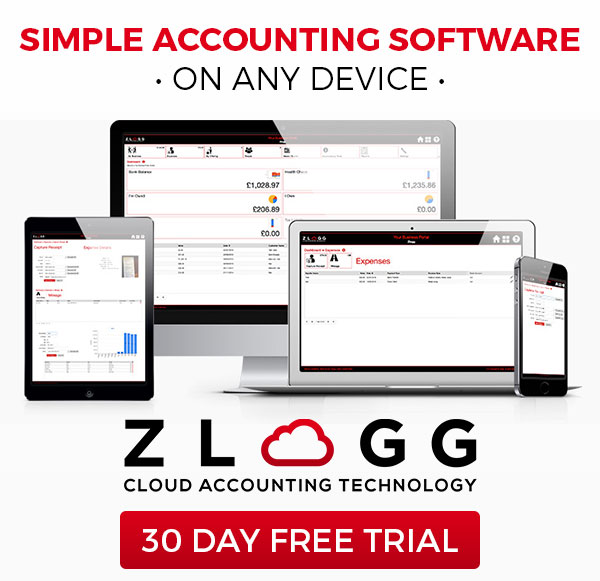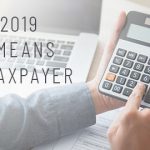HMRC Personal Tax Accounts – Explained
If you are self-employed then you’ll likely have heard about the HMRC’s latest initiative ‘Online Personal Tax Accounts’ but not be sure exactly what this is. So in this blog I’m just going to give you a breif overview of what these accounts are, how to access them and what you can do with them.
What are Personal Tax Accounts?
Firstly, I understand this seems quite an ambiguous term which could relate to pretty much anything about your personal tax accounts! However this is what the HMRC have decided to call their latest online management system.
If you are self-employed then you’ll likely have used the HMRC online system in relation to your ‘Business Tax Account’, such as submitting your tax return, updating self-employment information etc. Your Personal Tax Account is very similar to this but purely deals with information about you personally, such as Pensions, National Insurance Contributions etc – not your business. So they are two separate entities and shouldn’t be confused with one another, but with both your business and personal tax accounts online it’s now even easier to find out all information about your tax.
In simple, your ‘Personal Tax Account’ is your very own online ‘portal’ in which you can view, amend and submit a multitude of information relating to your personal tax/information directly to the HMRC. No more trying to remember facts and figures or trying to find pieces of paperwork for information on your tax. From now on if there’s anything you need to know in relation to your personal tax then just log on and find everything at the click of a button.
How to setup and access your Personal Tax Account
As a self-employed person, to register for a new Personal Tax Account you’ll need the following information:
- Government Gateway account (which you’ll have been given automatically when newly signed up as self-employed)
- National Insurance number
The HMRC also need proof of identity, so when self-employed the easiest options are:
- Your P60
or
- Your passport number and expiry date
Once you have these details then you can easily sign up here – https://www.gov.uk/personal-tax-account
You also use this same link to sign-in once setup.
One thing to note is that as a self-employed person when you log in it’ll likely redirect you to your Business Tax Account portal first, if this does happen then you just need to click the link near the bottom of the page to access your Personal Tax Account. It should look something similar to the box below:
What you can do inside your Personal Tax Account
Once you’re setup and signed in then there are a number of things you can do:
- Check your Income Tax estimate and tax code
- Complete and submit your tax return
- View a previous tax return
- Claim tax refunds
- Manage and view your tax credits
- View the status of your State Pension
- Track any tax forms that you’ve submitted online
- Check and manage your Marriage Allowance
- Inform HMRC about a change of address
- View or update benefits you get from work, such as company car details and medical insurance
The benefit of having a Personal Tax Account
As I mentioned before, when self-employed you’ll likely have already been using the HMRC’s online service for Business Tax Accounts where you can access and amend all information relating to your self-employment information. The benefit of also having a Personal Tax Account is that all the most important information you’ll ever need to know will now be accessible online at the click of a button. No more wasting time and money calling the HMRC and requesting information etc, everything can now be done easily online.
Also as you’ll be fully aware, as a self-employed person we generally have to run everything ourselves in regards to our own business and tax accounts, so wouldn’t it be great to just have all that information to-hand for the sake of taking a few minutes to sign up? It’s definitely saved me many headaches!














Share On